Macarons are so decadent and such a treat we had to share the recipes we received from pastry chef Jean-Michel (Multi award-winning pastry chef, kick boxing champion, holder of a Masters in Business Administration, and television star) of Baroque Bistro. Baroque Bistro also offers a full day master class where you can learn from Jean-Michel himself where you can learn the tricks and tips for getting macarons down pat.
Pear & Chestnut Macarons
For the Chestnut filling:
- 7 eggs
- 7 egg yolks
- 360grams sugar
- 320 ml milk
- 350 ml sugar
- 1500 grams butter
- 800 grams chestnut puree sweetened
First mix eggs and yolks until light. Heat up milk and first batch of sugar; pour gently on the eggs whilst beating (appareil a bombe). Add the chestnut puree. Cook the second batch of sugar to 118°C and pour onto the bombe mix whilst beating. Continue whipping until cold. Add the butter at room temperature slowly until the cream becomes shiny and smooth.
For the Pear filling:
- 500 Grams of poached pears blended to a puree
- 50 gram caster sugar
- 80 ml of Pear Liquor
- 15 gram of Pectin
Mix the Pectin in the sugar, boil the pear compote with the pear liquor to evaporate the alcohol. Once boiled, take away from the stove, mix in the sugar pectin mixture, pour into a container and freeze (will become a pear jelly).
For the shells
- 600g sifted TPT*
- 120g egg whites
- 300g Caster sugar
- 75g water
- 120g egg whites
- Food colouring
To make the meringue shells, add the colouring to the first batch of egg whites and TPT*, mixing vigorously until you have a smooth, thick paste. Cover with a wet cloth.
Mix the caster sugar and water in a cooking pot, commence cooking.
Place the second portion of egg whites in a Kitchen aid mixer with the whisk attachment. Once the sugar has reached 115°C commence whipping your egg whites until they reach “soft peak” consistency. When the sugar reaches 118°C remove from the stove and pour slowly on the still mixing egg whites. Turn the speed to maximum for around 1 minute and return to medium for another 2 minutes and then let the meringue cool to around 50°C whilst mixing slowly.
Using a spatula, incorporate the meringue into the TPT and egg batter. Work the mix gently from the sides to the middle until you reach a homogenous, shiny texture.
Using a plastic piping bag with no. 11 tip, pipe the shells onto a sheet of baking paper. The size of you Macaron should be around 4.5cm prior to baking. It is important to take your time and be as consistent as possible; every Macaron will have to be a match with another one of similar size.
Cook the macarons at 115°C for 10 minutes with the door slightly ajar, then another 10 minutes at 150°C. Once cooked, slide the paper off the tray and let the shells cool (preferably on a wire rack).
Assembly of the macarons
To assemble the macarons, pull the shells from the paper gently and turn them upside down. Pair them according to size and lay them out on the bench. Fill one half of the paired macaron shells generously but keeping a space of approximately 3mm from the edge of the shell.
For the addition of the pear filling, simply cut a 1cmx 1cm square of the frozen pear mixture, push onto the chestnut filling and close the macaron by gently twisting the two shells together from left to right. Remember to let the filling spread regularly all the way to the edge of the shells. This jelly of pear is designed to melt in your mouth at room temperature, so that you get a strong burst of pear initially, that is going to be softened by the sweetness of the chestnut and butter filling.
Place the finished macarons on a tray and leave them in the fridge for at least 24 hours prior to serving. To get the best out of the texture and taste of your filling, we recommend your macaron should be eaten at room temperature.
*TPT: Translated as tant pour tant or as much as. It always refers to equal amount of almond to sugar. In the case of the macarons, we are using pure icing sugar and whole almonds blended finely in a blender.
Macaron making tips from Baroque chief Patisser Jean-Michel Raynaud
Multi award-winning pastry chef, kick boxing champion, holder of a Masters in Business Administration, and television star are just some of the strings Baroque’s head Patisser Jean-Michel Raynaud has in his bow.
As head Patisser of Baroque Bistro, Jean-Michel is currently working on making a range of seasonal macarons, an evolving range which reflects the flavours of each season. Jean-Michel also takes Baroque’s macaron masterclasses, a day long course where guests get to spend time in the kitchen learning recipes, cooking methods and processes involved in making two macaron flavours.
Here are a few tips from Jean-Michel on how to make perfect macarons:
- Piping: Piping the macarons is so important to get the biscuit shell size perfect. Muck this up, and you are destined for macaron-making failure! Plastic piping bags are perfect for piping macarons and ganache. They are durable and disposable and come in packets of 50 or 100. Plastic piping bags can be bought from a wholesale kitchenware supplier. It is preferable to use plastic piping tips over metallic. Metallic tips have a tendency to rust. Size no.11 is perfect for piping macarons.
- Egg whites: The type of egg whites used also has a pronounced effect of the success of your macaron shells. It is important to use “old” egg whites and they must be at room temperature when you start to whip them. Old egg whites have less elasticity which reduces the chance of over mixing the whites. Do not be worried about leaving your egg white to “Age” in your fridge for up to 5 days, and always use them at room temperature.
Photos courtesy of Baroque Bistro
![]()


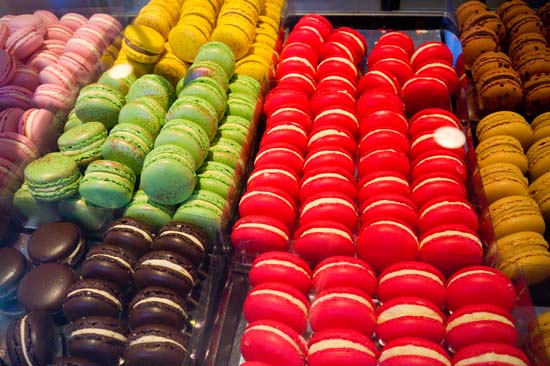
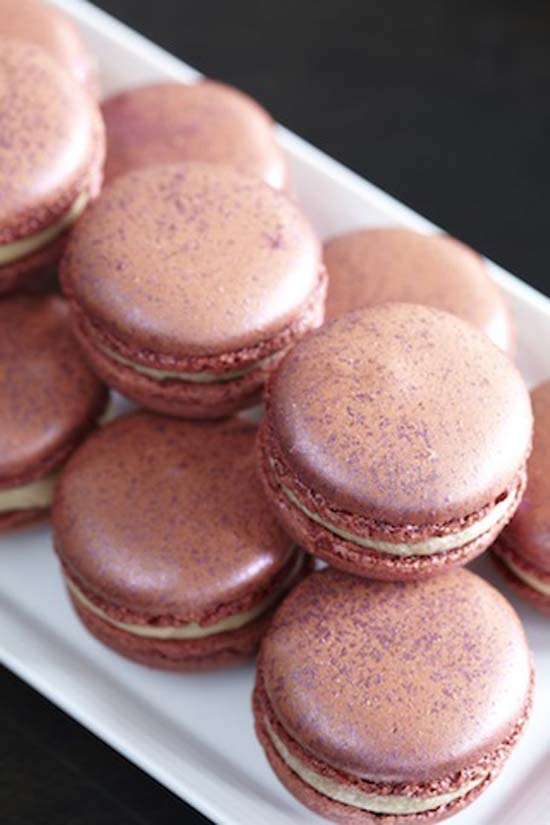
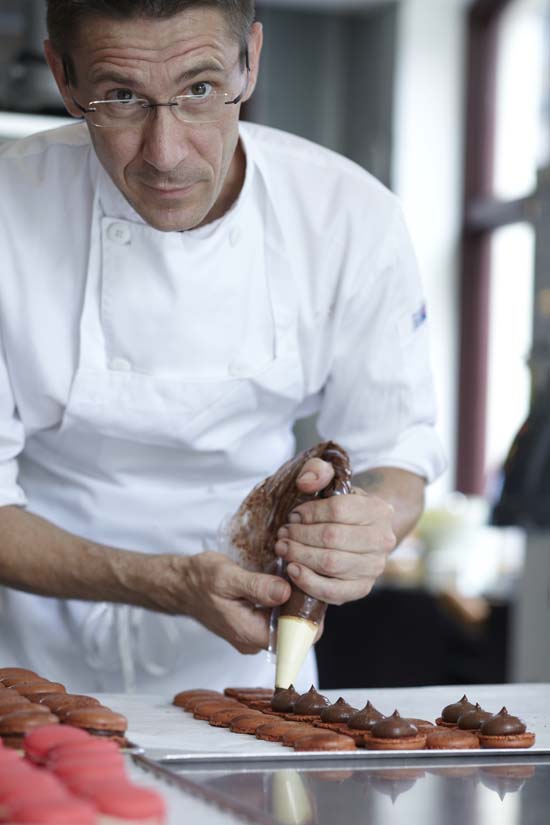


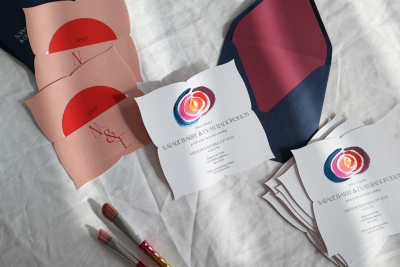

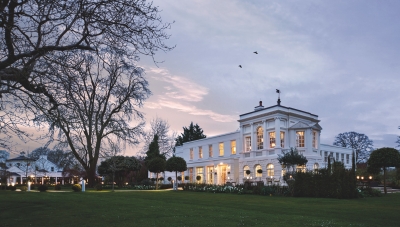



Does this recipe really require a kilo of butter for the chestnut filling?
These also look delicious.
How many does this recipe make? Also is 600g TPT 300g almonds + 300g icing sugar or 600g of each?
Hi there Alice,
600g total, so 300g each.
Not sure how many it makes exactly, as this is a 7 year old article, but judging by the ingredients quite a lot!